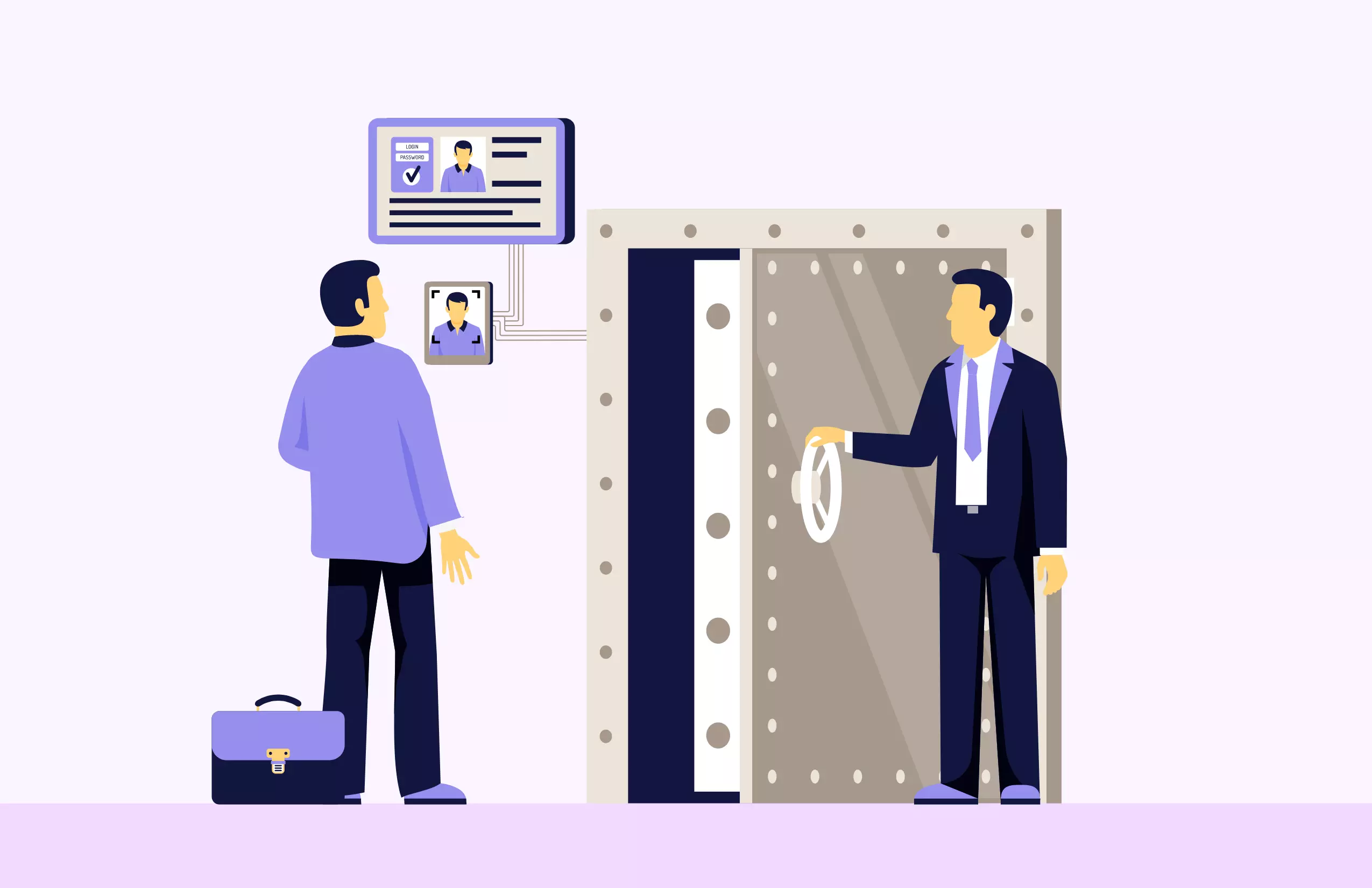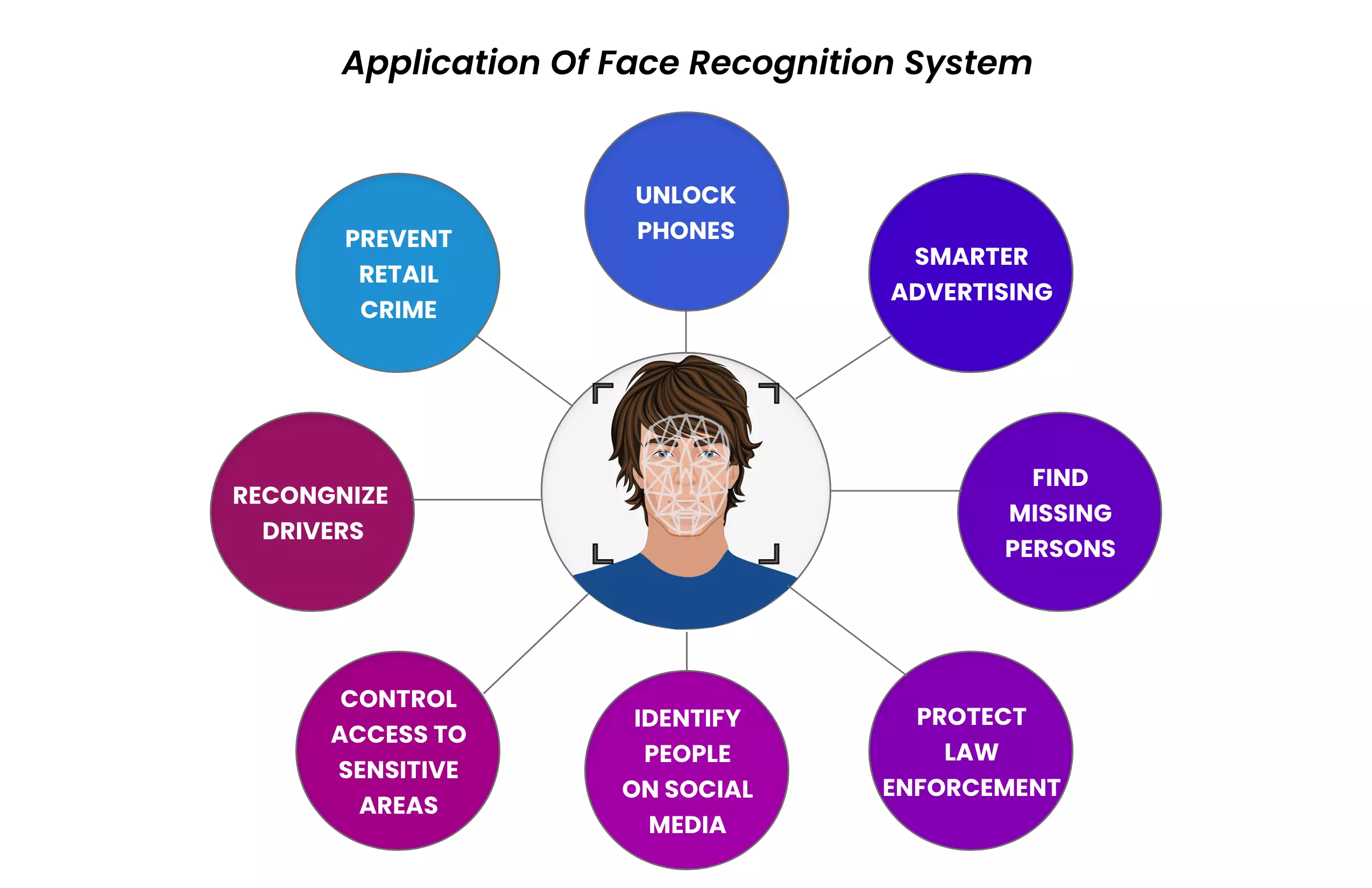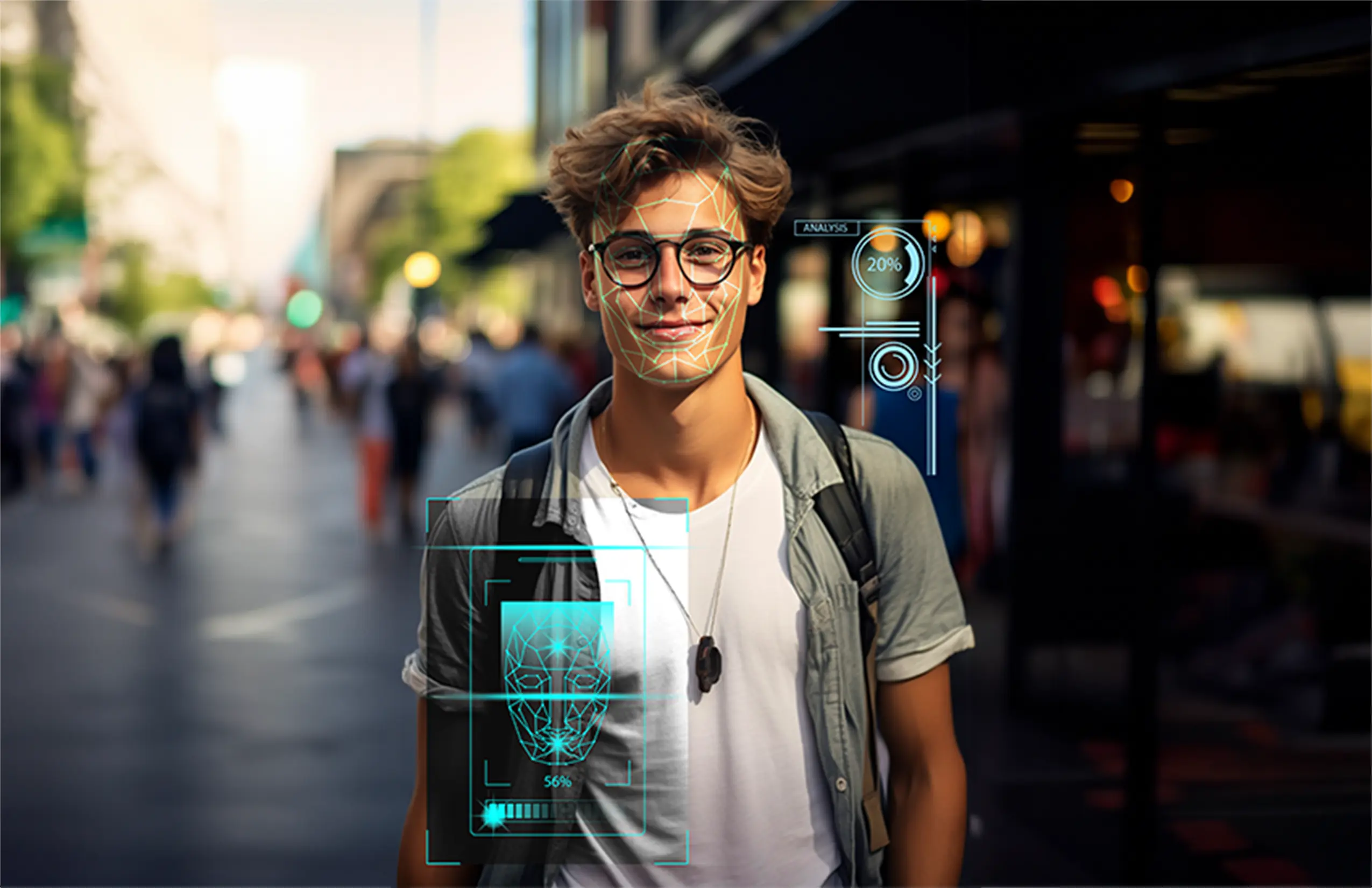
How Does Face Recognition Door Access Control System Work?
Table of Contents
Door access control systems are employed to recognize people and provide access to particular places, such as offices, homes, industries, or stores. Such systems frequently run on peripheral devices, whose computing power has increased dramatically in recent years, which makes them perfect for use with contemporary face recognition access management.
The most recent time clock utilizes a face recognition door system to operate even more swiftly than before and employs high-powered cameras that enable employees to check in and out using face detection rather than scanning a card, typing a Password, or detecting fingerprints.
The majority of biometric door entry control systems, including face recognition door system technology, operate in the same way. They store faceprints so that users can utilize them as their security keys. This system can be employed in residential complexes as well as single homes and any secured location, including buildings, work sites, airports, hospitals, and other restricted places. To allow permitted entry, the door access control system database can store many faceprints.
What Is Face Recognition System?
The method of detecting or verifying a person’s identity via their face is known as the face recognition system. It captures, evaluates, and correlates patterns based on facial characteristics. A face can be identified from a large collection of image data by using facial recognition technology, which can also determine whether two images of the identical human’s face belong to the same person. In addition to increasing robust authentication, face detection is employed in biometric door access control systems to authenticate users reliably during user entry or logins.

In order to convert face images into numerical value expressions which can be analyzed to discover how similar they are, face recognition requires computer-generated filters. These filters are typically produced using deep “knowledge acquisition,” which processes data using convolutional neural networks. Face recognition door system is advancing quickly, however many systems function poorly in the real world even while algorithms can attain relatively outstanding results in restricted settings.
How Does Face Recognition Door Access Control System Work?
Technology that analyzes an individual’s face-to-access doors is known as a face recognition door access control system. Both hardware and software for facial recognition can be employed to restrict access to specific areas of a building. This is a replacement for controlling and limiting entry to places through keys, swipe cards, or key fobs. Any individual’s face can be used as their identification with face recognition door systems. Faces can be used as a primary source for multivariate authentication or as a stand-alone access method. Integrating faces with additional credentials will enhance security.

Each user who will be enrolled in the door access control system must first have their face scanned or captured in order to log in. These door access control systems employ Artificial Intelligence (AI) technologies to transform face data into precise dimensions and computations of individuals’ facial traits, which act as their own distinct identifiers within the system.
In order to generate a distinct computer algorithm known as a faceprint, the AI program that makes this process feasible uses codes to establish ranges between the eyes, lips, ears, nose, and other spots on the face. The database of the face recognition door access control system comprises these codes.
A face recognition door system will be using user access control endpoints with built-in, high-resolution cameras to detect the faces of people in real-time at gates and entry points. The system will precisely compare the distinctive face coordinates or codes to those recorded in the face recognition database in order to validate each user’s identification and, as a result, authorize access.
Benefits Of Face Recognition Door Access Control System
Finding Intruders Becomes Easy
Face recognition door systems allow for the assurance that only authorized people can enter certain spaces as well as the simple detection and location of any intruder, enabling the instant activation of the appropriate mechanisms, such as alarms, notification of security staff or authorities, police, etc. Facial recognition provides the highest level of security, user comfort, and a contactless approach in contrast to traditional identification methods that might be forgotten, misinterpreted, or stolen. Face Recognition for door access control can be used autonomously to provide safe and easy access or in combination with existing card readers to provide two-way authentication.
Can’t Be Lost, Stolen, Or Forgotten
A user cannot leave their face behind at home, leave it in the parking lot, or lend it to another person, with exception of the physical access control credentials. Since there is nothing to carry, misplace, forget, or steal, a person’s face is constantly with them. The expense of restoring lost or damaged identification materials, like swipe cards or key fobs, is high, not to forget considering the workload.
Businesses that only use face recognition for access control identities do away with the need for manually generating, distributing, and re-issue of hardcopy credentials. Security teams bear an excessive burden when physical identities are lost as a consequence of stealing or negligence since they have to take time out of their day to block access to the missing credentials before providing replacements. When facial recognition serves as the only point of data for a door access control system, these difficulties are completely eliminated.
Accurate And Convenient
Face recognition door systems are designed to be both reliable and secure. Additionally, the face recognition systems are capable of liveness detection, which enables the face recognition system to distinguish between real people and photographs when someone attempts to obtain entry, protecting your building or home from being spoofed.
This greatly improves the security of the facility in comparison to card scanners or PINs for entry. It is much more convenient than conventional door access control systems because all that is required to enter your building is your face. There is no requirement to swipe a card or enter a passcode. Additionally, it is the best option for those who have difficulties memorizing digits and dislike utilizing keys.
Time-Saving And Cost-Effective
Face recognition door system is simple and affordable to integrate into standard door access control systems. Computers and security cameras that are readily available can be used in these systems. Users can make use of the current infrastructure to preserve the elegance of the facility. A facial recognition door system can detect and identify a face instantaneously, opening the door or gateway in much less than 1 sec.
Such effectiveness can cut down on the amount of time security teams spend manually managing and verifying ids. Some solutions, like those that use finger dimensions or iris recognition, are often more time-consuming and costly. Face recognition thus makes sense for routine access control tasks like tracking time and attendance for huge labor forces at industries, worksites, stores, and workplace operations.
Safe And Contactless System
When using a face recognition door system, users are not putting their finger on the device, so they can just relax and let the biometric camera identify their face, preventing the transmission of germs or illnesses. Maintaining the employees’ health guarantees that they are in the best possible shape for work, which boosts their internal productivity.
Face recognition door systems are less complicated than other touch-free systems because a regular camera can be employed. In contrast to iris recognition, which needs users to remain still and may be irritating, face recognition door access control systems are easier to implement.
Wrapping Up
The reliability and effectiveness of door access control systems can be increased by using the powerful instrument of face recognition technology. The system can be used in many different contexts to regulate access to restricted places and is non-intrusive.
It is crucial to take into account privacy issues and take action to address those, in addition, to ensuring precision and minimizing prejudice in its implementation. Face recognition technology is a significant complement to every door access control system when used effectively. It is still important to carefully consider certain implications of the advancement of this technology, particularly those that affect people’s privacy and freedom.


